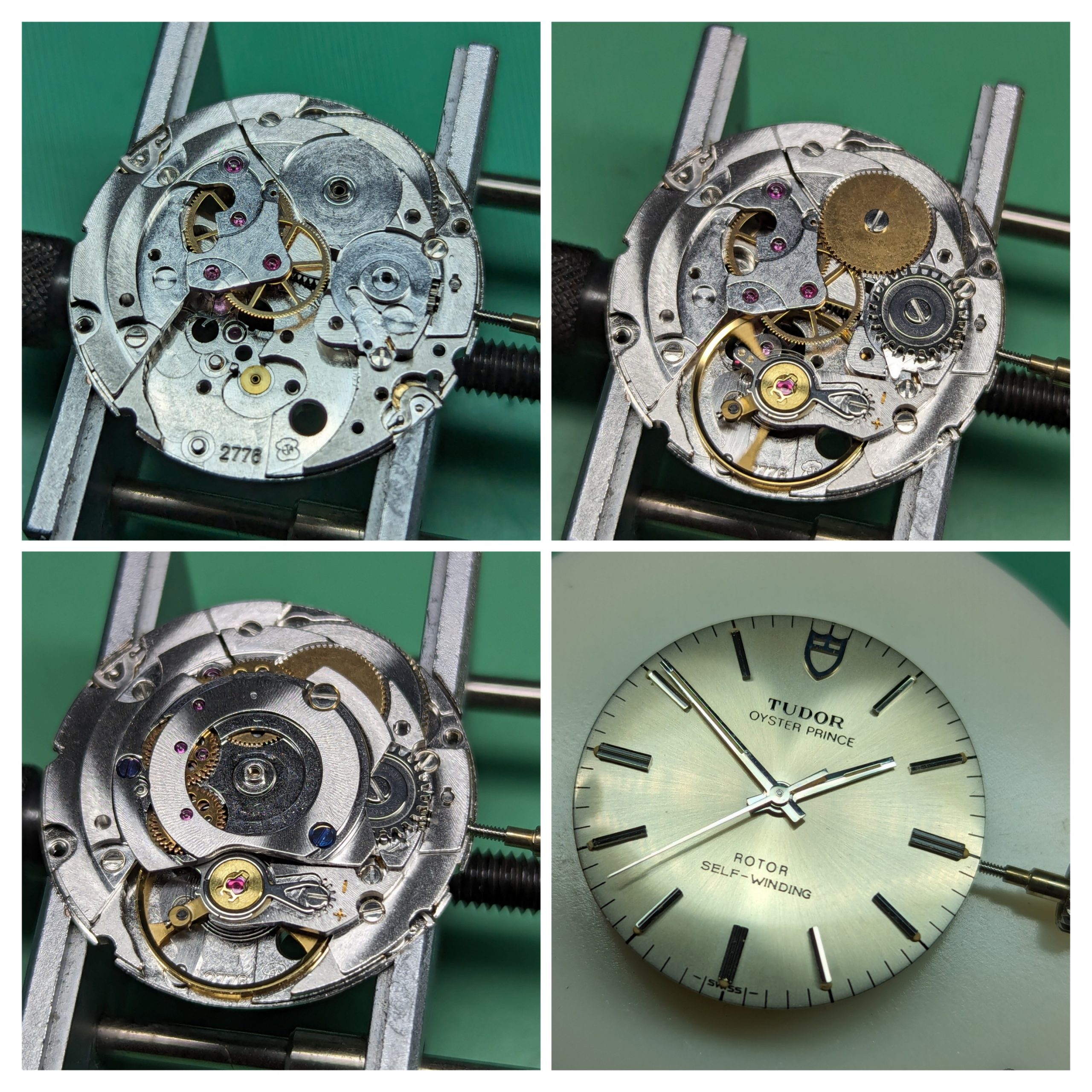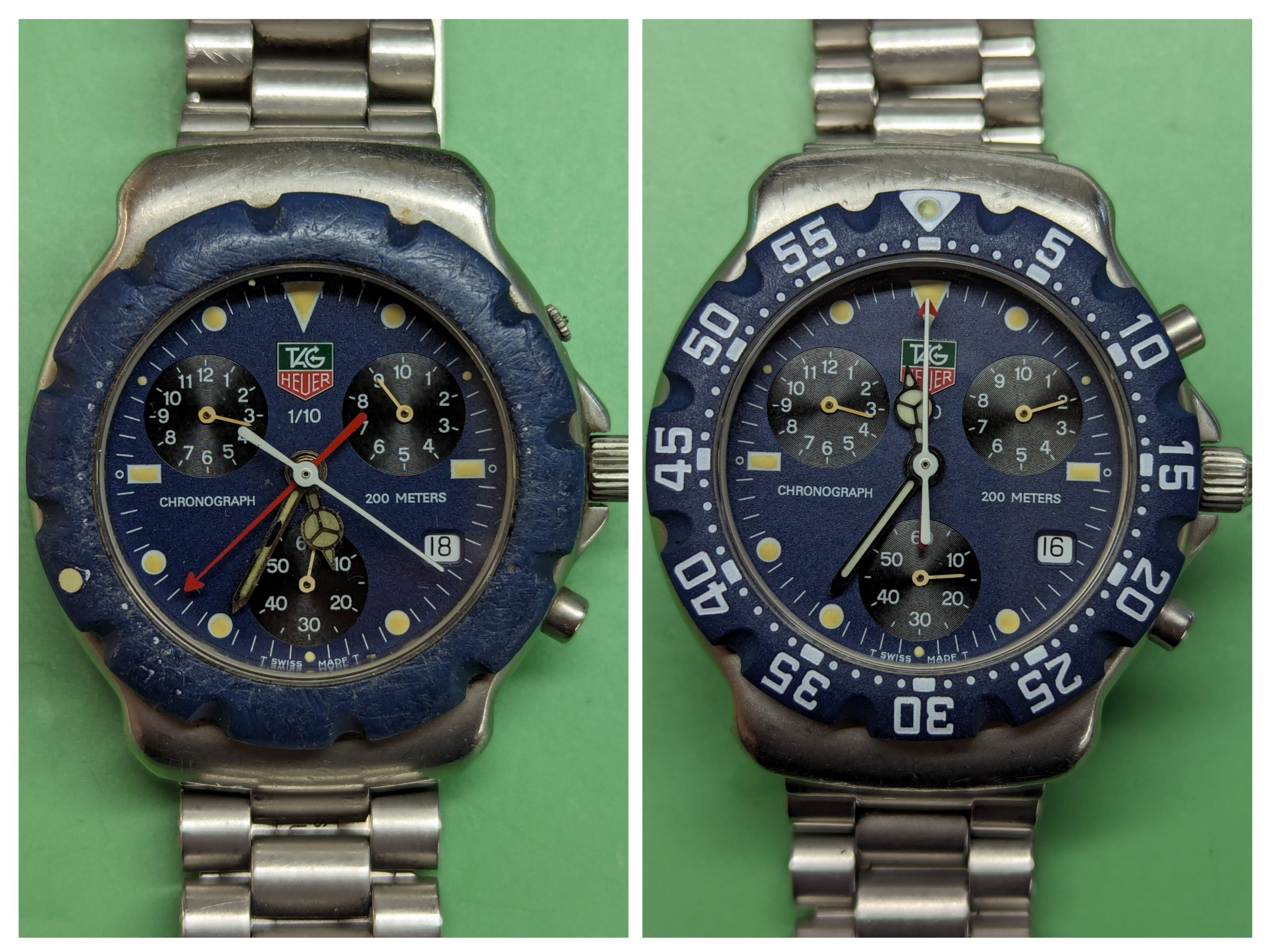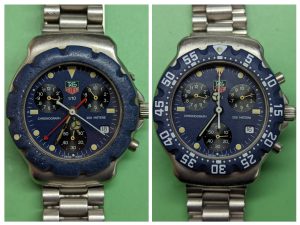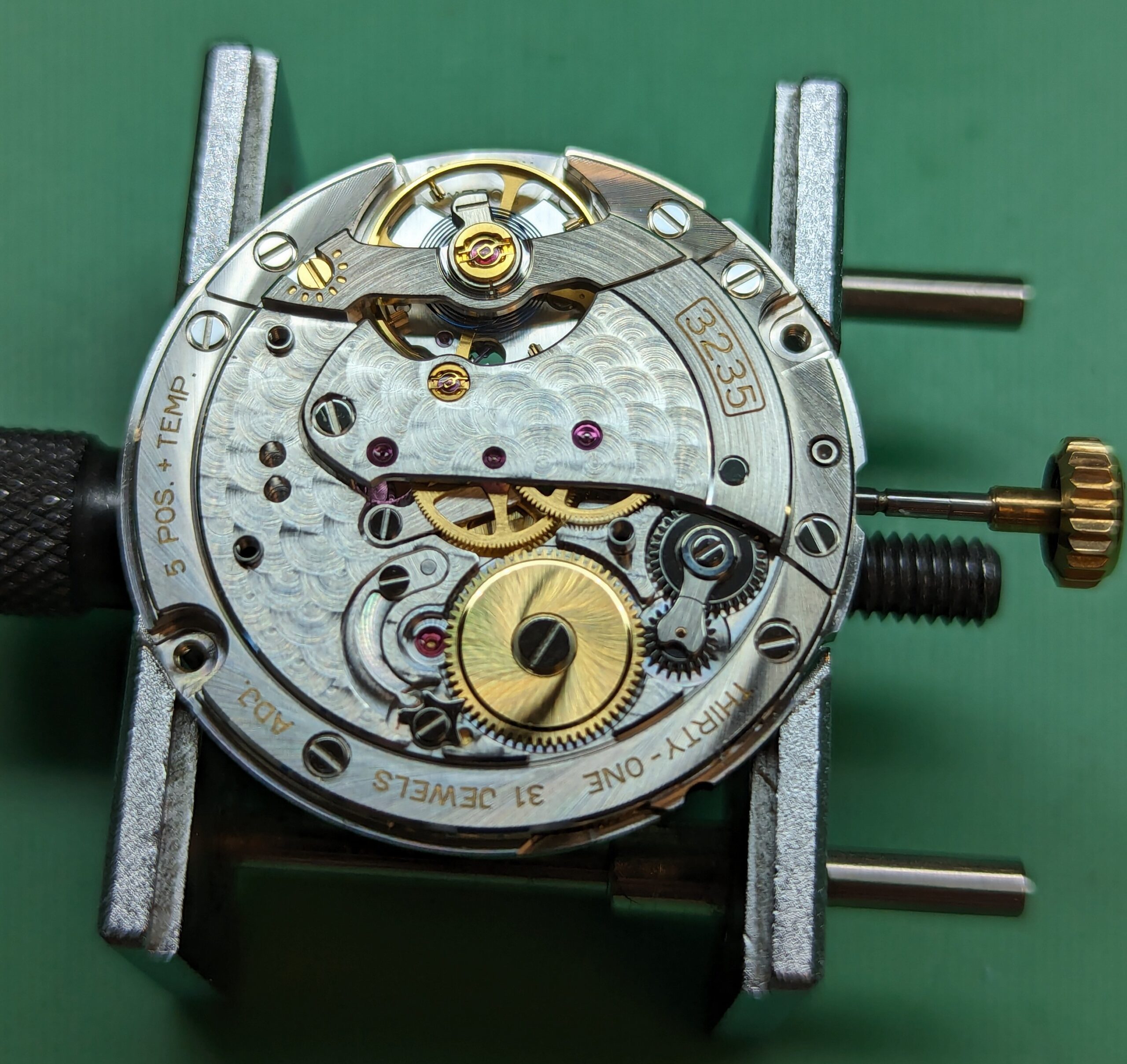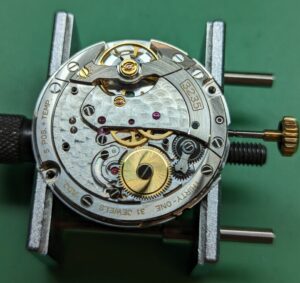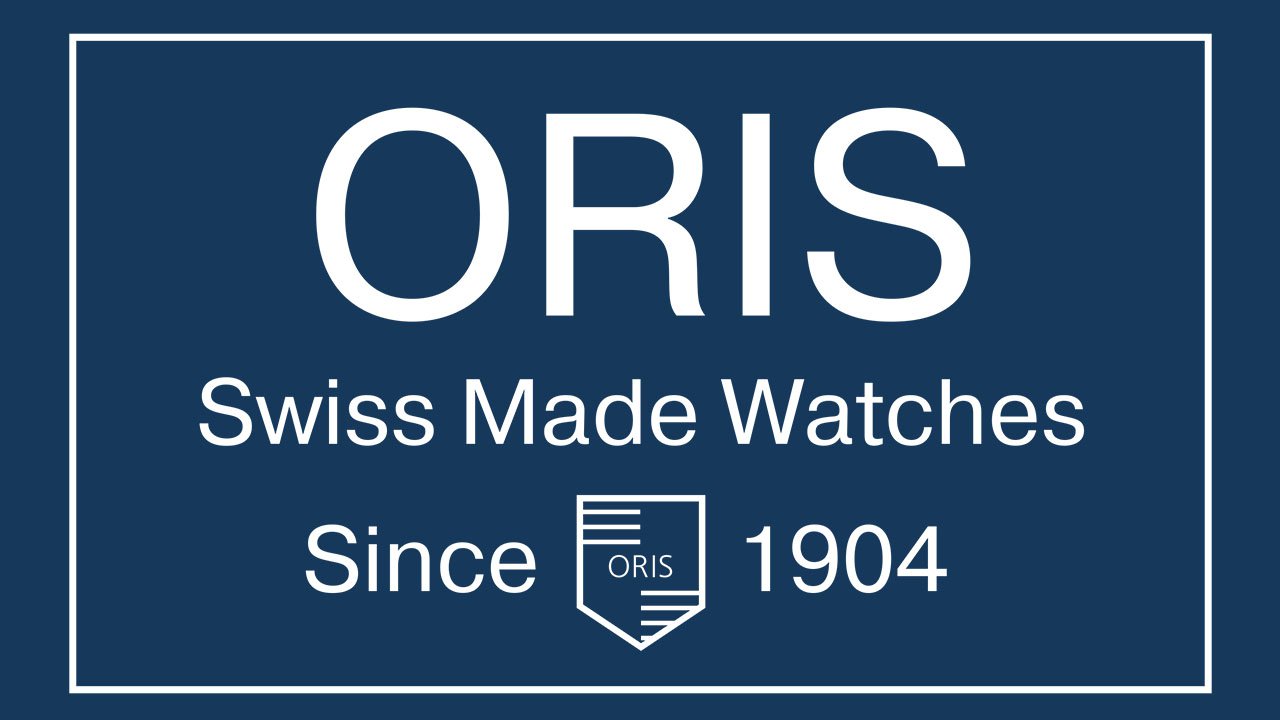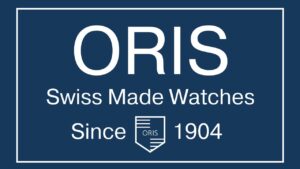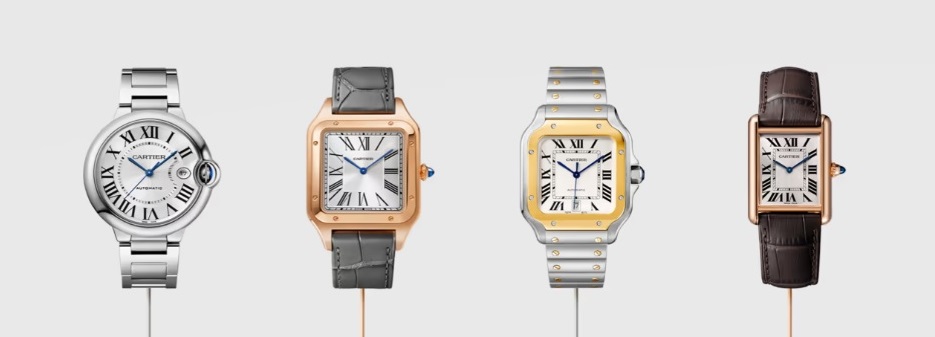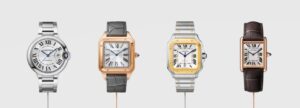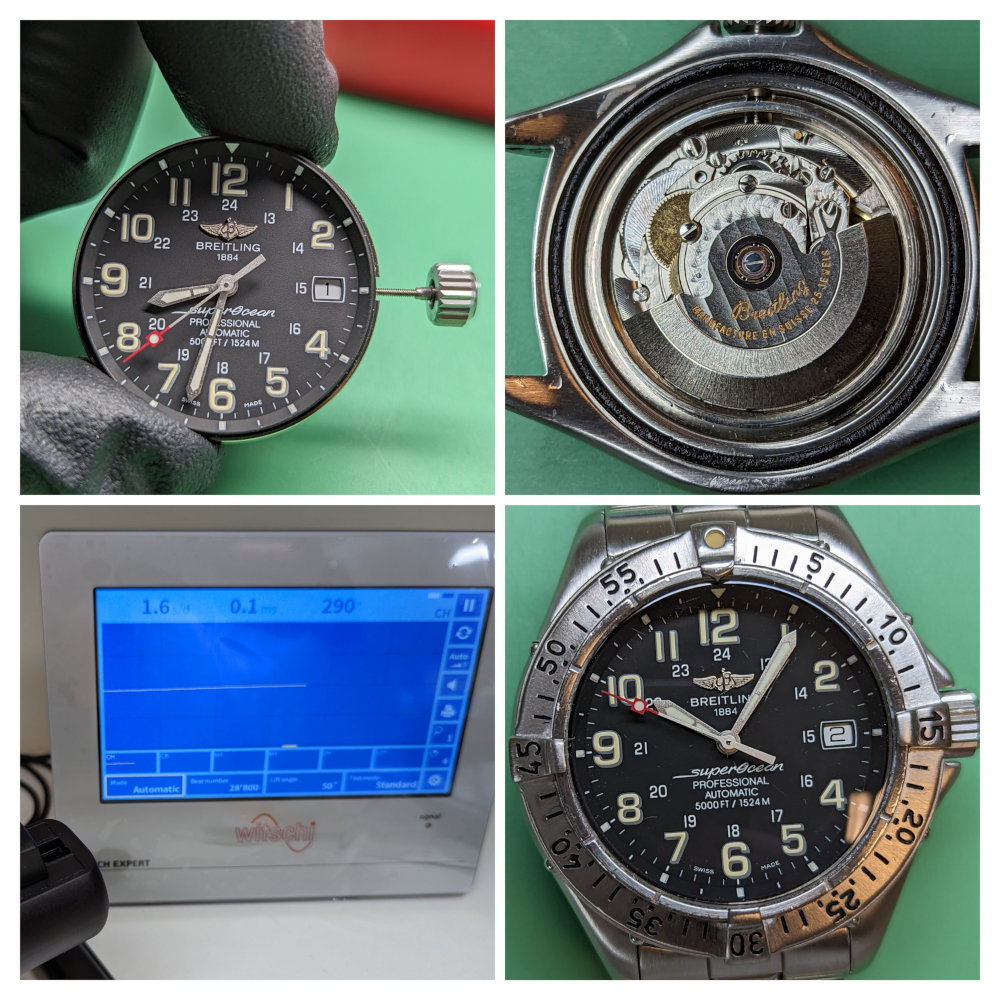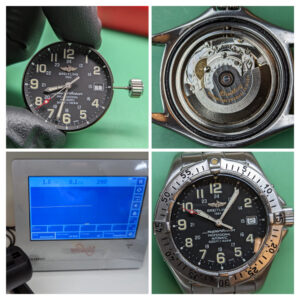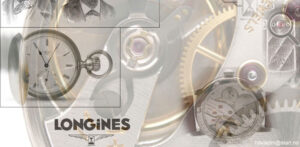Tudor is one of the top brands we see in our workshop. Since their re-launch in 2009 (see our blog post on the history of Tudor watches for more details), the popularity of Tudor has only increased.
This model is a vintage Oyster Prince dating from the 1970s. It’s a three hand watch (hour, minute and second hand) with no date complication. The movement is an ETA 2776 automatic with custom Tudor rotor. When well maintained these movements will last very well. Indeed, they are the predecessor to the ETA 2824-2 – a movement used in many watches produced to this day.
This watch was not working on arrival with us. Inspection of the movement revealed dried oils and greases, though nothing appeared to be broken. A full service was needed to get it back into working order.
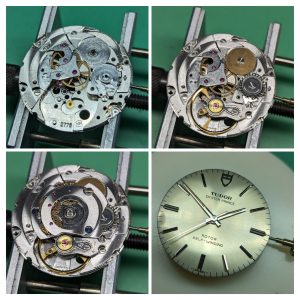
The watch is completely stripped down before the movement parts are thoroughly cleaned. We clean parts both by hand and then using a specialist watch movement cleaning machine – this way we can be certain everything is in good order and as clean as we can possibly make it.
We use an Elmasolvex RM cleaning machine during the cleaning process. This is an automatic cleaning machine which uses a series of jars containing cleaning solution and rinse to gently but effectively clean and brighten the various components.
After cleaning, rebuilding and oiling of the mechanism can begin. We use a number of different oils and greases in different parts of the mechanism. We follow the manufacturers guidance for this as appropriate, though with vintage movements we use best practice as specific technical documentation may not be available. We fitted a new mainspring as part of the service.
The case and bracelet are given a thorough ultrasonic clean and we can then reassemble the complete watch. After a period on test both using manual winding and on our automatic winding machine, we can reunite this wonderful Tudor Oyster Prince with our client.
Yours sincerely
David Clark FGA DGA MJVA PJDip. PJGemDip.
Managing Director, JVA Registered Valuer®
W.E. Clark & Son Limited

